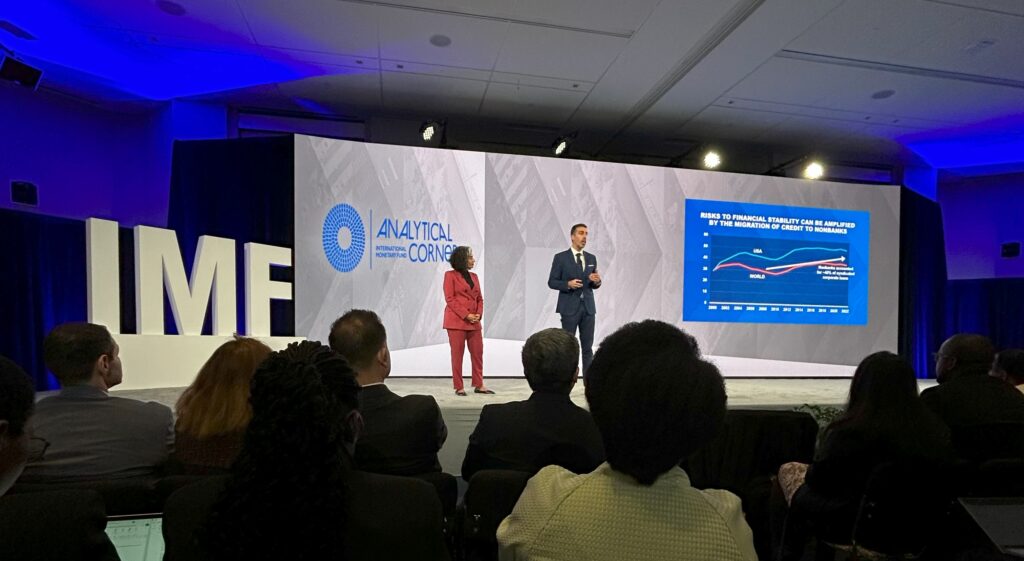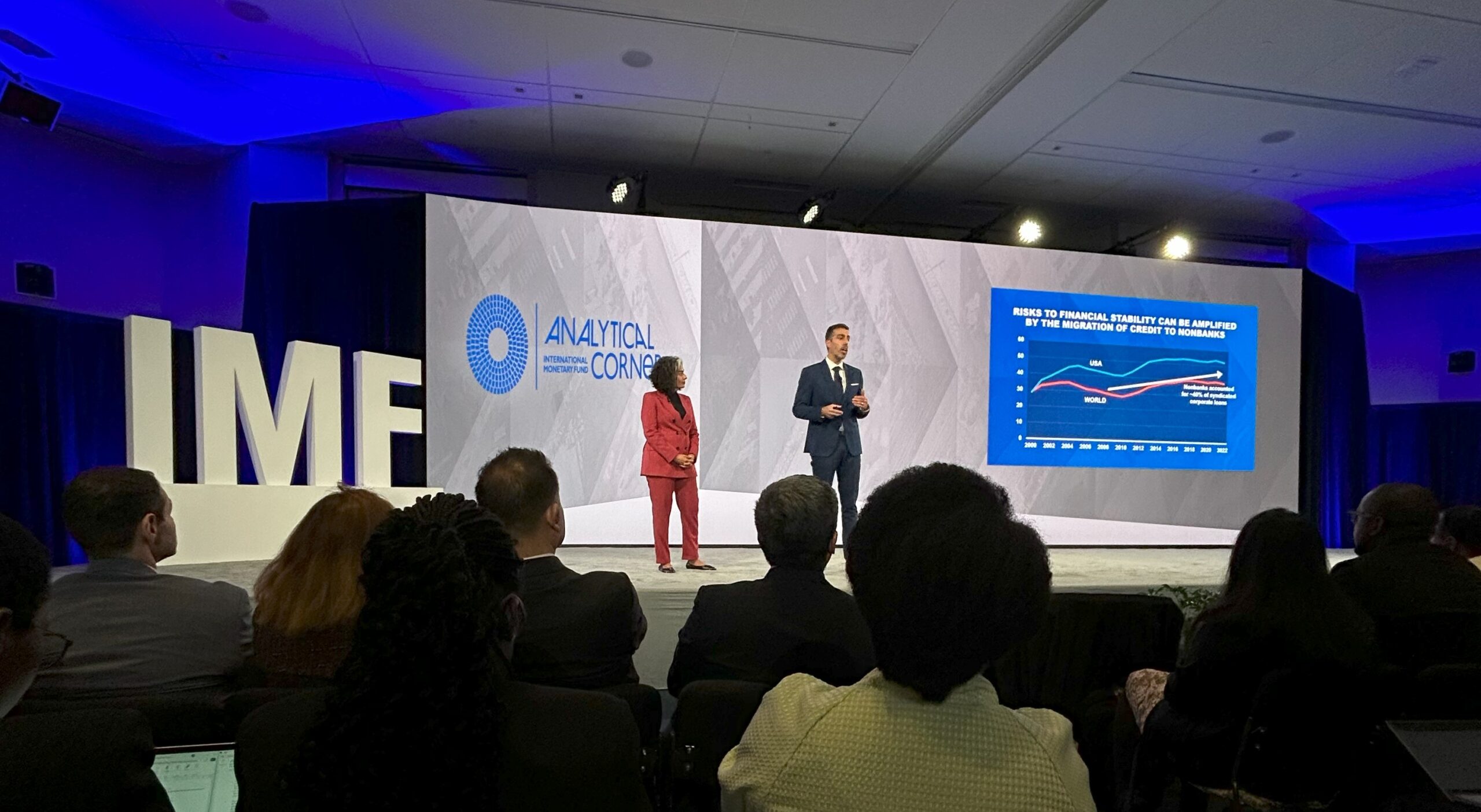IMF’s Role in Restoring Access to International Capital Markets
A new study presented during a panel at the 2025 IMF Spring Meetings brought forward robust empirical evidence on the influence of International Monetary Fund (IMF) programs in reducing external financing costs and restoring capital market access for countries in crisis.
The analysis, based on 87 programs signed over the past 20 years, reveals a clear trend: sovereign spreads decline by an average of 45% within four years following the approval of an IMF-supported program.
Two Main Channels: Liquidity Support and Commitment Signaling
According to the IMF, this positive effect operates through two primary mechanisms:
- Liquidity: The IMF acts as a lender of last resort, providing resources that alleviate immediate cash flow pressures.
- Conditionality: By committing to an IMF program, a country signals to market its engagement with structural reforms, thereby improving risk perception and strengthening investor confidence.
Execution Quality Matters More Than Program Size
Contrary to common perception, success in regaining market access is not necessarily linked to the size of the IMF program.
The decisive factor is the quality of execution of the agreed reforms.
Larger programs, typically associated with deeper crises, do not always achieve the same degree of spread compression compared to smaller or mid-sized programs that are effectively implemented.
According to Joe Kogan, from the IMF’s Monetary and Capital Markets Department:
“Successful programs generate spread reductions up to three times larger than unsuccessful ones, underscoring the critical importance of execution and reform credibility.”
Factors Supporting Market Re-entry
In addition to participation in an IMF program, several other factors were identified as pivotal in facilitating renewed access to international credit markets:
- Reduction in debt-to-GDP ratios
- Improvements in government effectiveness
- Growth in real GDP
- Favorable global financial conditions
- Implementation of structural reforms alongside the IMF-supported program
The IMF also highlights that sovereign rating upgrades tend to occur when IMF support is complemented by domestic measures such as fiscal consolidation and debt restructuring.
In other words, the IMF’s support reinforces—but does not replace—domestic efforts.
Risks and Cautions: Avoiding a New Debt Cycle
In response to Galapagos Capital, Joe Kogan stressed that the IMF remains vigilant regarding the risk that restored market access could lead to a new cycle of excessive indebtedness.
To mitigate this risk, the Fund has prioritized measures such as:
- Supporting debt transparency
- Continuous monitoring of risk factors
- Rigorous debt sustainability assessments
- Avoiding signaling that could be misinterpreted as implicit guarantees
Conclusion: IMF Programs Are Effective When Embedded in Strong National Strategies
The IMF’s main message is clear: support programs are most effective when integrated into a comprehensive macroeconomic strategy, anchored in strong domestic commitments and focused on building credibility.
The key to success lies not in the volume of resources mobilized, but in the seriousness with which countries approach their path toward fiscal and institutional rebalancing.
Want to receive the next insights directly in your inbox? Click here (Spring Meetings) and sign up on our landing page to receive all real-time updates.Produced by Tatiana Pinheiro, Chief Economist at Galapagos Capital.














